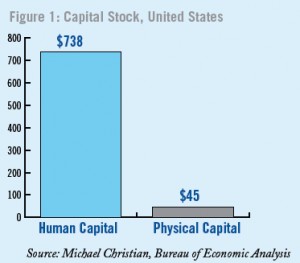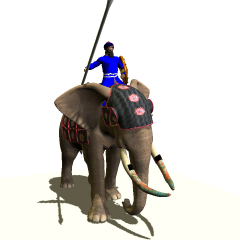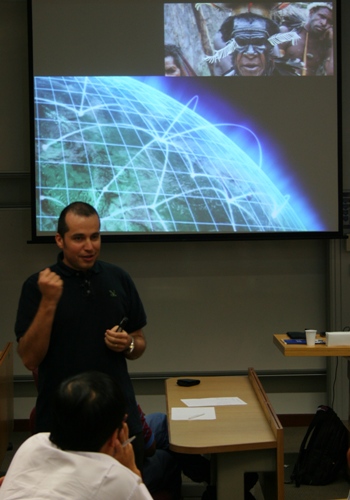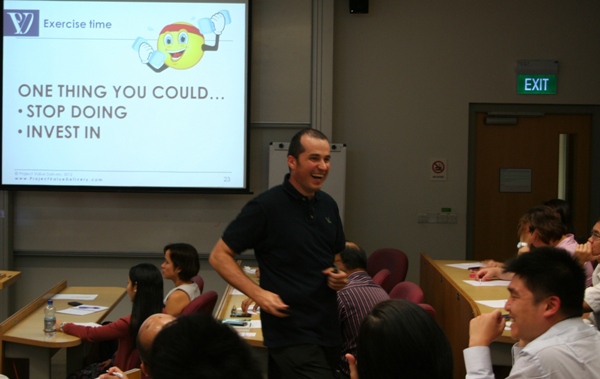In this follow-up post on the topic of complexity (read “How the Fourth Revolution brings us from the complicated to the complex” if you’ve missed it), we’ll examine in the world that surrounds us, how complex systems behave, to take some lessons of what we can expect of the Collaborative Age.
Do you know that erosion does not happen regularly across time? In the blink of an eye geologically speaking, major events, floods, storms, change the shape of the rivers thousand of times more than years of normal flow!

99% of the shaping of the Grand Canyon probably happened during short, abnormal events. The gradual shaping of the canyon, sand grain after sand grain, is a myth!
When I was studying hydraulics some years (ahem…) ago I learnt this lesson which seemed strange to me at the time. Today as I know more about complex systems it is not surprising anymore, it is normal. But it really shows how our perception of the world around us has been shaped by the Industrial Age.
Industrial Age mindset wanted us to believe that changes happened progressively. A famous controversy among naturalists in the first half of the 19th century opposed the ‘catastrophists‘ to the ‘gradualists‘. Consistent with the Industrial Age mindset of a mechanistic, predictable world, the ‘gradualists’ won finally and their view imposed to the world for the next 150 years or so. (Funny enough, earlier wisdom was rather ‘catastrophist‘ (eg the Bible)). It is only recently that science re-discovered that the evolution of species, the erosion of rivers, and many other natural phenomenons do not evolve progressively over time. There are some climax periods where evolution happens thousand times faster, separated by relatively quiet periods.
The theory of complex systems, and in particular all the works on risk, show that variability in most systems follow a ‘long tail’: the probability of events significatively out of normal range is much higher than we think conventionally. And when they happen, they change the situation dramatically. In fact, they shape the entire system, dwarfing all the progressive change that could have happened before.
What can we take from all this science and knowledge?
- It is not because a situation, an organization, a market etc seems stable for some time that a major event will not happen that will reshape completely the surrounding world
- we always underestimate the possibility of a significant freak event (and underestimate also its power to change our environment)
Freak events will happen sooner or later. They will change completely the balance of a situation we thought was stable and secure. The reality is that freak events are those that drive the changes in our world, not progressive ‘gradual’ change.
Would you agree that the attack on the World Trade Center in 2001, the tsunami in Japan 2011, etc are freak events that were totally outside the normal? And that they shaped the world more than any other event in the previous decade?
We need to be ready for freak events, because they create the real change. Not only that: we need to be ready to grab the opportunity.
Discover next week in the last post of the series how the successful K.E.E.N. can grab the opportunities offered by freak events.













